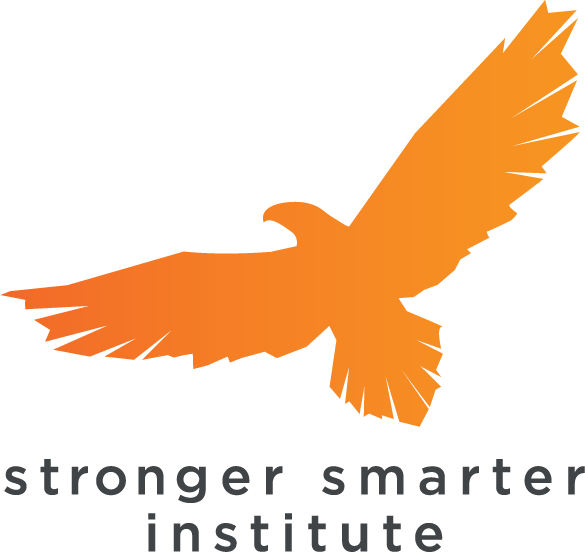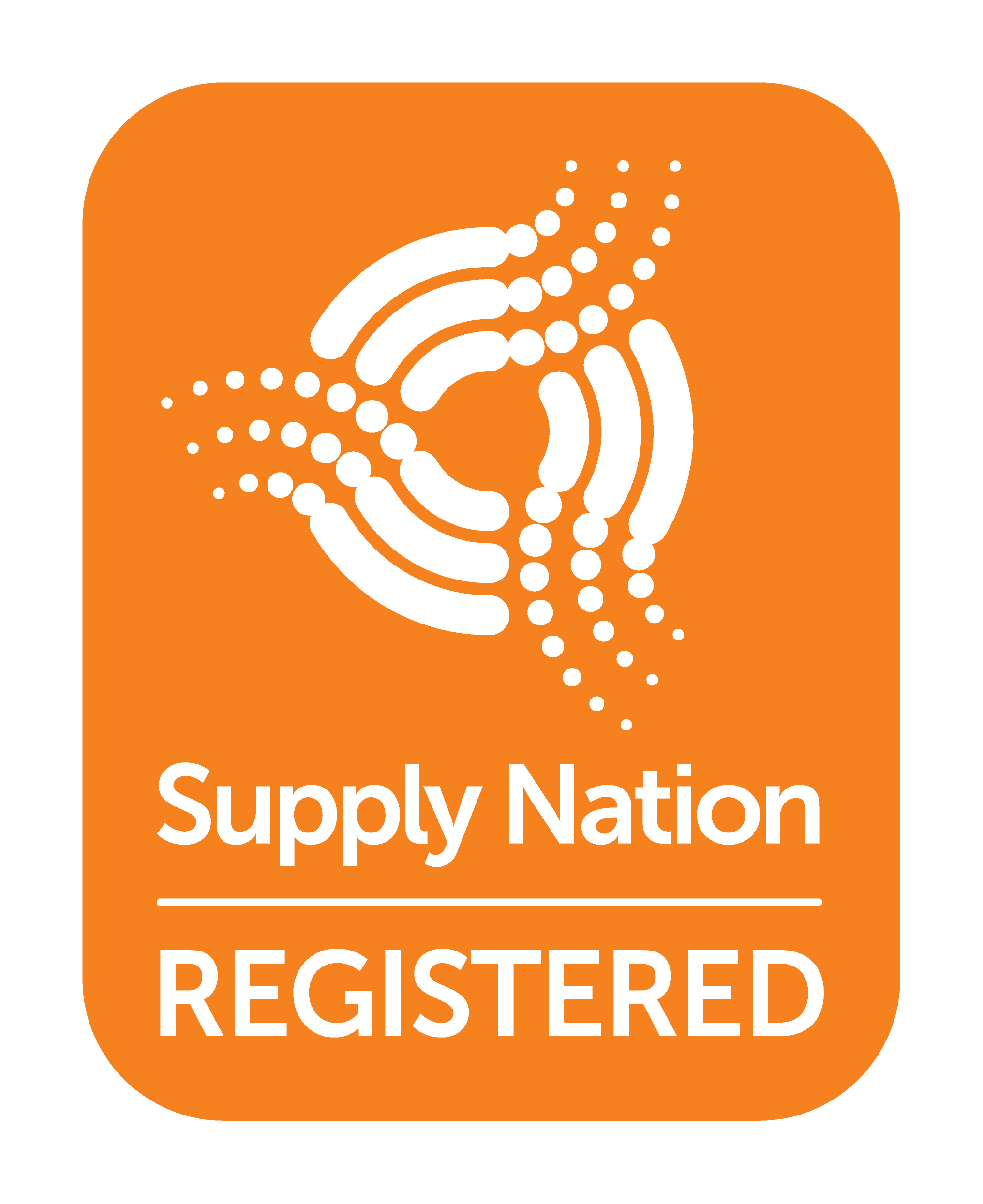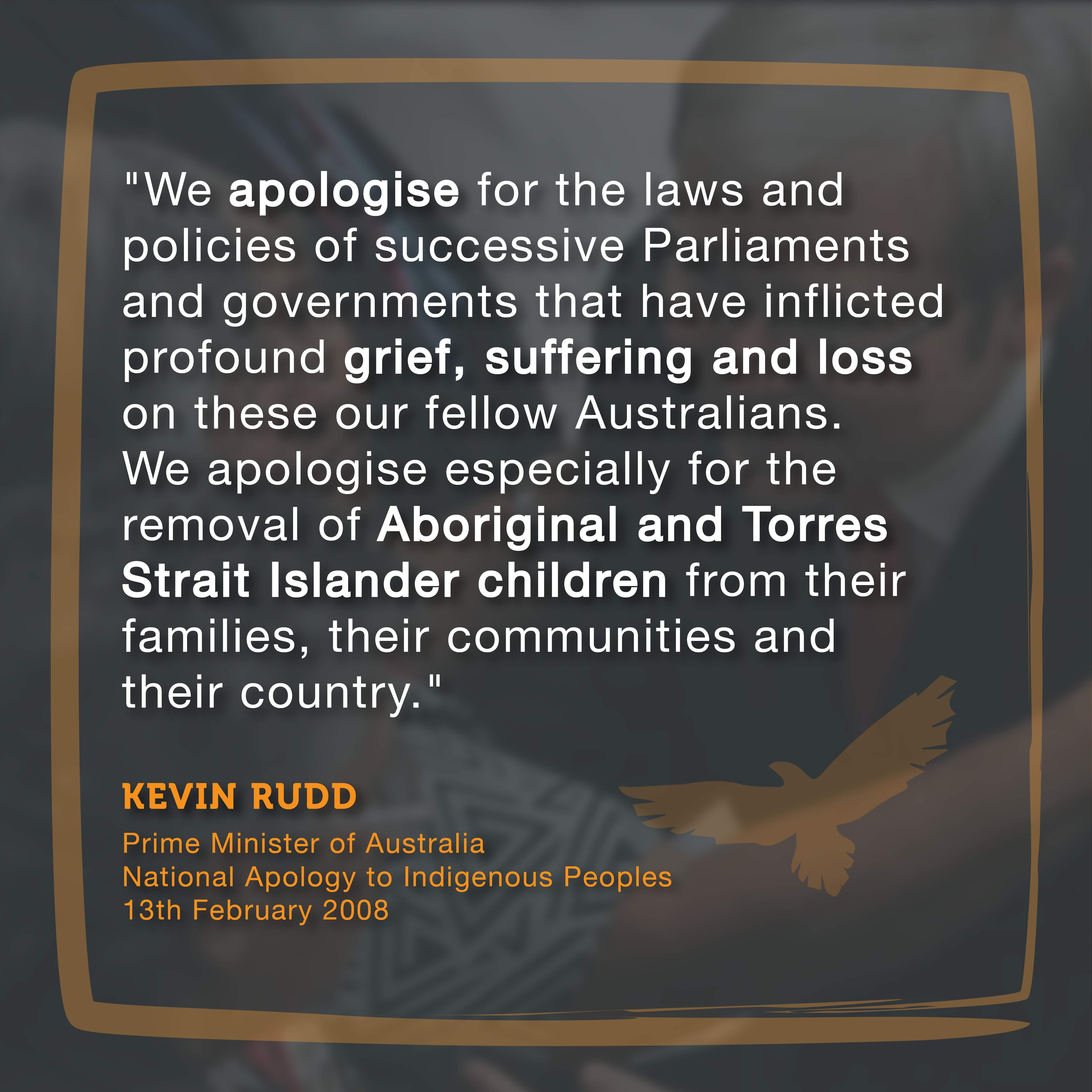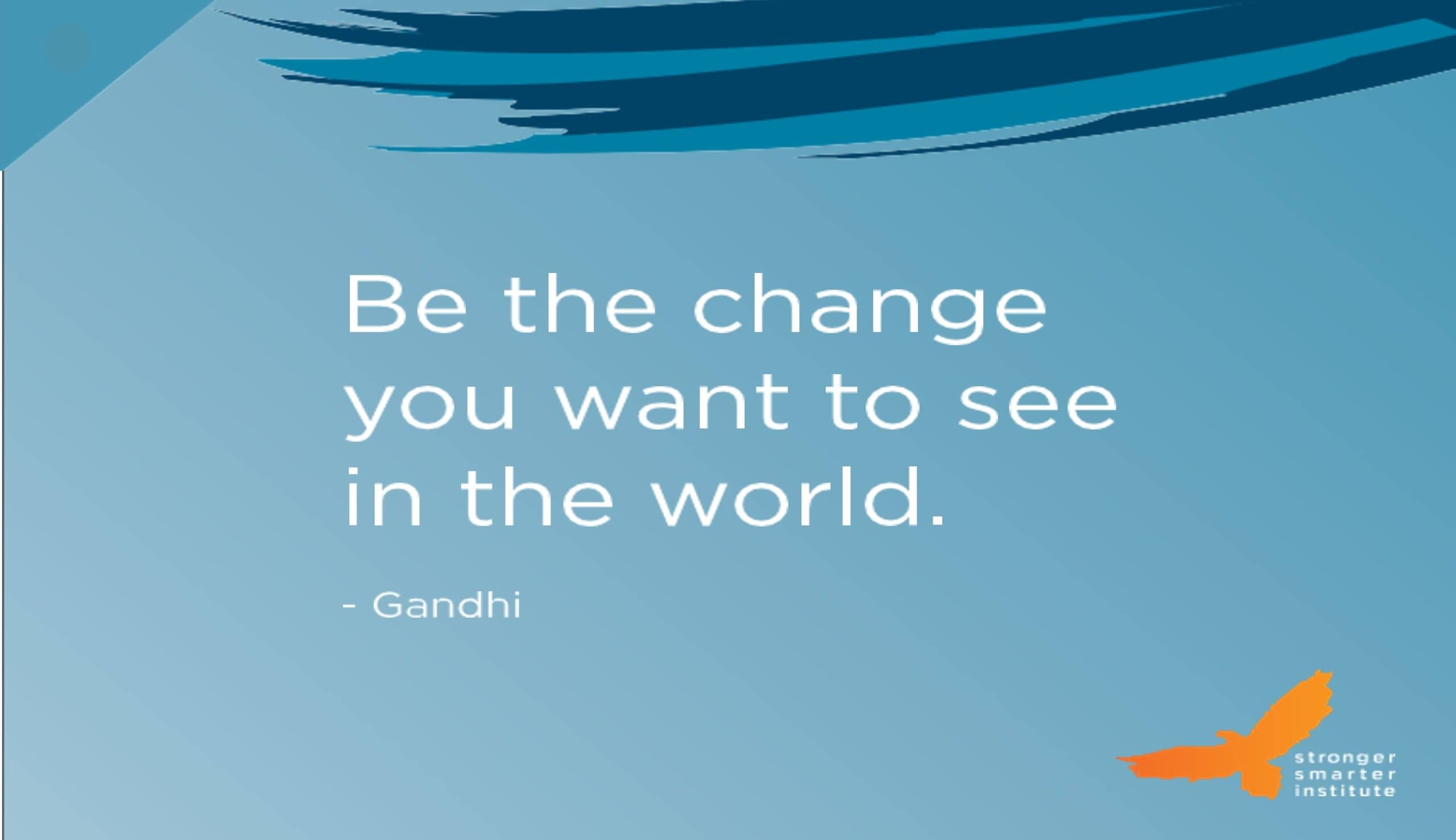27/11/2020
The Stronger Smarter Approach Framework
There has been so much written about what needs to happen for transformative change in Indigenous education, but very little about ‘how’ we can achieve this. The Stronger Smarter Approach provides a framework to lead educators through the ‘how.’ With this framework, we believe we can rewrite the narrative of our schools to one of engagement, belonging and achievement for Aboriginal and Torres Strait Islander students.
Historically, Australian society has conditioned us to have low expectations of Aboriginal and Torres Strait Islander students. The Stronger Smarter Approach steers us away from this ‘deficit thinking’ and towards a society where high expectations for all student, supported by high quality teaching, are evident in every classroom across the country. At the core is the belief that all Aboriginal and Torres Strait Islander students are worthy of a quality education.
We know it’s not a ‘one size fits all’ approach. Rewriting the narrative needs a deep understanding of local contexts. It has to privilege the voices of our local communities. It needs great leadership in our schools. It needs every educator to hold a deep sense of personal responsibility for change. The four cornerstones of the Stronger Smarter Approach describe how if we do things slightly differently, if we point the compass in a slightly different direction, we can end up in a place of transformative change.
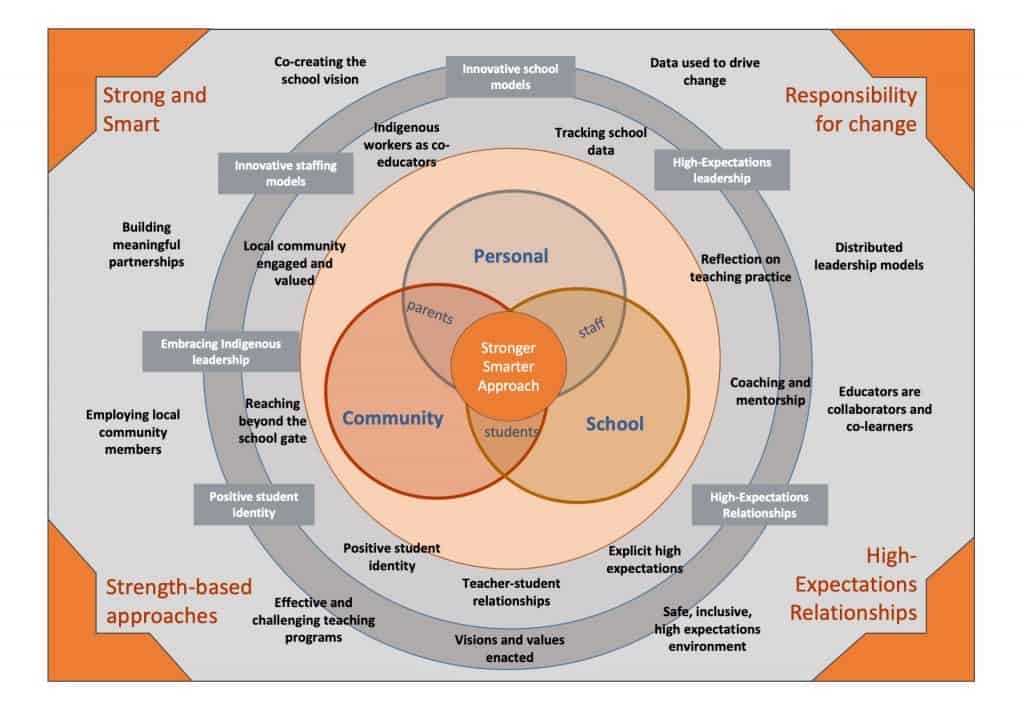
Responsibility for Change
The Stronger Smarter Approach begins with an understanding by every educator of their role in enacting change. This asks educators to examine their own beliefs and mindsets and look at their out-of-awareness assumptions. We are all working in an education system built on western standards and values, where we ask our Aboriginal and Torres Strait Islander students to ‘fit in’ to that system. When they don’t, it is too easy to place the blame externally on the students and their families. If we can flip the coin, we move from high expectations of students to high expectations of self and for students. This is one role of our Stronger Smarter Leadership Program – to support educators to unpack ‘out-of-awareness’ assumptions, unlock confidence and ignite a commitment to do things differently.
Strength-Based Approaches
“The challenge of doing things with people not to them means having to assume Indigenous people have a sense of agency and then actively embracing and engaging that capacity at a local level”
Stronger Smarter Insitute, 2017
Aboriginal or Torres Strait Islander students bring many strengths to the classroom. This might be speaking more than one language, or bringing cultural knowledge and skills handed down from their Elders. And yet the only thing we look at is the ‘gaps’ or the ‘deficits’ of not meeting standards set by our western education system. A strength-based approach moves beyond the blame, beyond the ‘gaps’ and looks at the strengths every child brings to the classroom.
Taking a strength-based approach requires deep listening to see and value the strengths in local communities. This creates shifts in thinking, where we work ‘with’ our communities in a true collaborative partnership. The result is in an organisational culture where everyone has buy-in, and all voices are heard.
Strong and Smart
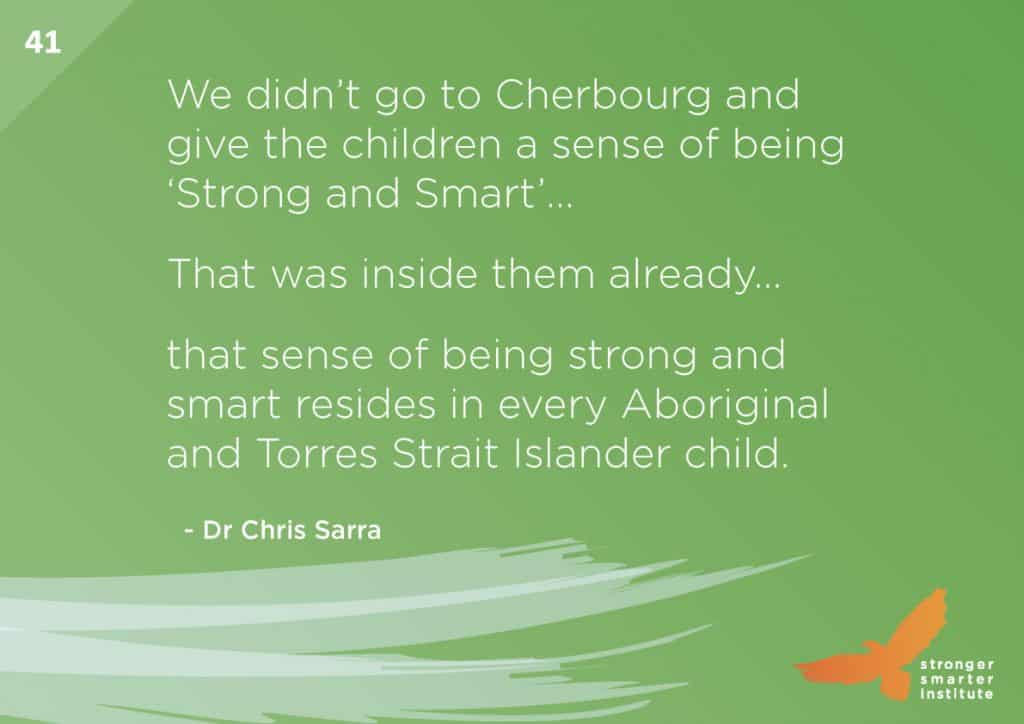
Our Aboriginal and Torres Strait Islander students will succeed in school when they feel the classroom is a place where they belong. The language of Strong and Smart was developed by Institute founder, Dr Chris Sarra. Dr Sarra explains that this is a strengths-based approach that signals a ‘belief in the capacity’ of Indigenous children to perform as well as any other child, regardless of the complexity of their social and cultural context. Every child can be both Strong in identity and culture and Smart in the classroom. With the children at Cherbourg, Dr Sarra explains that Strong and Smart wasn’t something he gave to them; it was something that was always inside them. Our role as educators is to draw these strengths out of our students so they can see and believe it for themselves.
High-Expectations Relationships
Our final cornerstone is High-Expectations Relationships. This concept provides educators with a framework and understanding to build strong relationships across the school community that are both supporting and challenging. In the staffroom this builds a collegiate work environment where there are safe spaces to hold challenging conversations about truly enacting high expectations. In the classroom this builds the trusting relationships with students so that they have a connection with their teachers. When there are difficult situations with students it is much easier to work through them when this trusting relationship is in place. With communities this builds collaborative partnerships where community members feel their wishes and expectations for their children’s education are valued and heard.
We recognise transformation as a continual process, a journey. As our work has expanded, our research has shown that these four cornerstones are vital to improving outcomes for Indigenous students. By showing educators how they can build a supportive and challenging learning environment for all students – by doing things differently – together we can make a difference.
